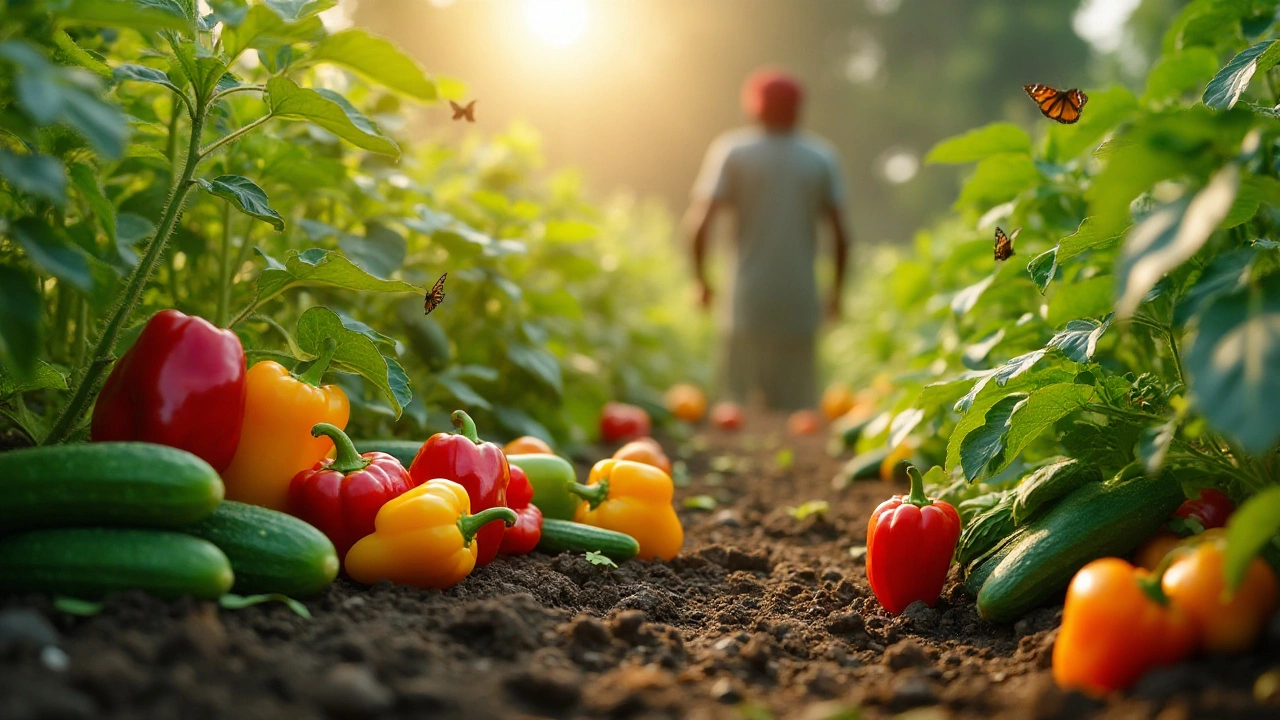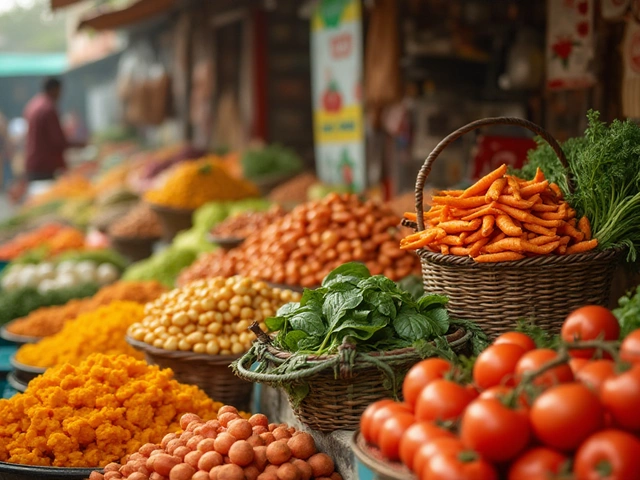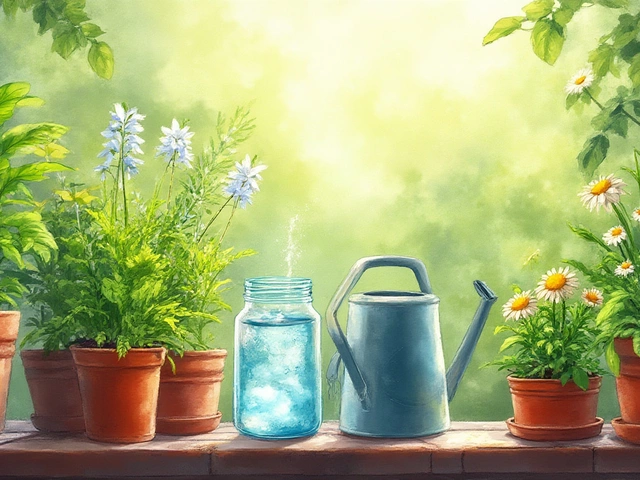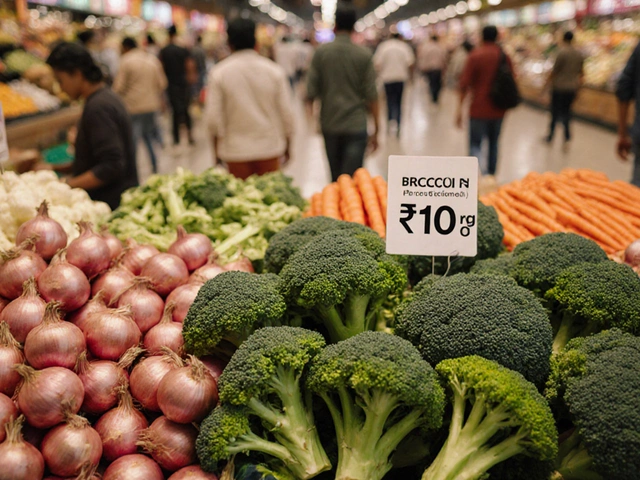Cucumbers: Simple Steps to Grow Healthy Vines in India
Thinking of adding fresh cucumbers to your kitchen garden? You don’t need a fancy setup – just a sunny spot, good soil and a few easy habits. Below is a no‑fluff guide that works for balconies, backyard beds or even raised pots.
Choosing the Right Variety
India offers many cucumber types, from the short “Indian Bush” that fits small spaces to the long “Pusa Naveen” that thrives in hot weather. Pick a variety that matches your garden size and climate. For beginners, bush types are a safe bet because they need less support and produce fruit faster.
Buy seeds from a reputable local seed shop or online store. Look for labels that mention disease resistance – cucumber wilt and powdery mildew can bite hard if you’re not careful.
Watering, Feeding & Support
Consistent moisture is key. Water the plants early in the morning so the leaves dry before dusk; that cuts down fungal problems. A drip irrigation line buried a few centimeters deep works wonders – it keeps the water at root level and saves you time.
When the soil feels dry an inch below the surface, give the vines a good soak. In hot months, they may need water every day, but during cooler weather, twice a week is enough. Add a balanced fertilizer (NPK 10‑10‑10) once a month, or mix compost into the soil before planting.
Support the vines with a trellis, bamboo sticks or even a simple net. Growing vertically saves space, improves air flow and makes harvesting easier. Tie the stems loosely with soft garden ties – avoid wire that can cut into the stems.
Mulch around the base with straw or dry leaves. Mulch keeps the soil cool, reduces weeds and holds moisture, which means fewer watering trips.
Watch out for pests like aphids and cucumber beetles. A quick spray of neem oil or a hand‑pick in the early morning can keep them under control. If you prefer a chemical‑free garden, interplant marigolds or nasturtiums – they repel many common cucumber pests.
Harvesting is the fun part. Pick cucumbers when they are firm and about 15‑20 cm long for the best flavor. If you leave them on the vine too long, they become bitter and the plant puts energy into seed production instead of more fruit.
After each harvest, remove any damaged leaves and trim the vines back a little. This encourages new growth and keeps the plant healthy throughout the season.
With these straightforward steps, you’ll have a steady supply of crisp cucumbers for salads, raitas or pickles. Remember, the secret is consistent water, good soil and a little support. Happy gardening!

Companion Planting: Growing Peppers and Cucumbers Together
Peppers and cucumbers can be successfully planted together in a home kitchen garden. This article explores the benefits of companion planting, such as improved growth and pest control. Tips and strategies for optimizing your garden layout to maximize plant health will also be discussed. Discover how these two plants can complement each other's growth needs, leading to a more productive garden.
About
Kitchen Gardening
Latest Posts


Broccoli Farming in India: Profit Secrets, Tips, and Market Dynamics
By Alden Thorne Aug 7, 2025

How Long to Let Tap Water Sit Before Watering Plants for Healthy Growth
By Alden Thorne Jul 18, 2025

Revive Your Indoor Garden: Expert Tips for Restoring Plants
By Alden Thorne Jan 15, 2025
